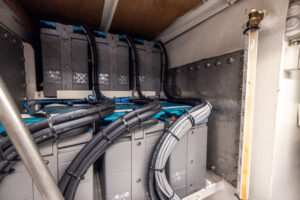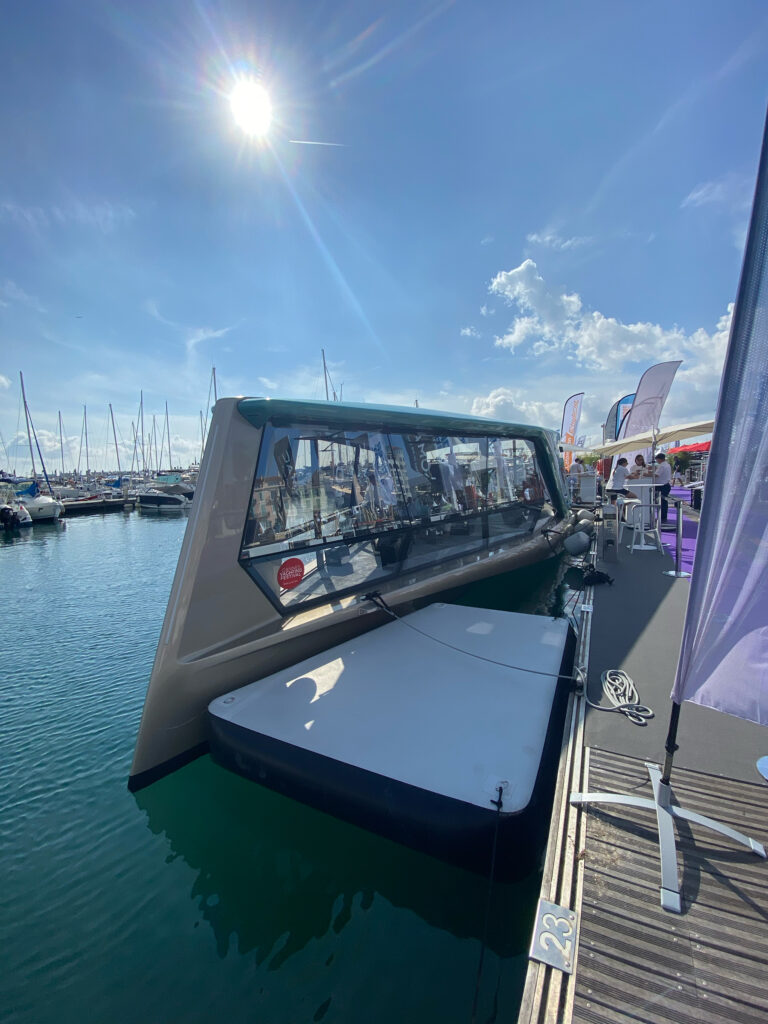It was a glorious spring day for my Uncle Bob. After several months of turning wrenches, painting, varnish work and a seemingly endless punch list of chores, his coveted Silverton 31 was set to splash for the season.
Sometime the previous year, Bob had come across the 31 and been able to see past her long period of neglect. Years spent as a journeyman welder and as a lifetime tinkerer had prepared him for the heavy lifting that was needed to get this boat back on the brine. A meticulous man, seasoned boater and expert mechanic (he also restored British GTs and motorcycles to showroom condition), Uncle Bob left nothing overlooked during the refit.
My family and I joined Uncle Bob and about a dozen others with a picnic lunch on launch day. The boat was flawless, gleaming in the sun. As we settled on board, her twin 350s roared to life and then purred as Bob pointed the bow away from the marina.
It wasn’t long before we lost our port engine. No one noticed at first—everyone was seated in the cockpit, taking in the scenery—but a barrage of profanity from the flybridge got our attention. I set out the fenders as Uncle Bob fought the tide and current. We banged more than a few pilings getting her safely back to the closest slip that happened to be at a crowded dockside restaurant.
The cause of the engine failure was either a closed seacock or a clogged fuel filter, I don’t remember which, but I do recall it was a rookie mistake for a longtime boater. That afternoon, Uncle Bob laughed it off at the waterside bar with the patrons who had watched our crash landing. Later that week, the issue was quickly remedied (the Crusader engine was not damaged) and the gelcoat was repaired. The 31 went on to cruise for several happy seasons.
This all happened well before smartphones that could capture high-definition photos and videos, so Uncle Bob’s bad day on the water was forgotten with the changing of the tides. The story may have been different had it happened today, when many boaters’ most humiliating experiences live on to haunt them on social media.
A friend who is not remotely interested in boating recently sent me a drone video of a 92-foot sportfisherman that ran aground in Delray Beach, Fla., in poor conditions. The video went viral, the comments were brutal, and I hoped that the unlucky captain hadn’t come across the post to relive a terrible day on the water.
By the time I had seen the footage, a few days after the grounding, a capable crew had towed the 205,000-pound behemoth off the beach to a service center. I was also glad to read that no one was injured. The sportfisherman’s crew had suffered a total loss of power that left the vessel at the mercy of the sea.
Whoever was entrusted with command of this modern marvel of a vessel was undoubtedly an experienced captain who had thousands of hours at sea without incident. Hopefully, he or she will put this ugly incident in their wake and move on. Stuff happens. And, like all viral videos, this one will live for a period in the social media feeds of every boating enthusiast, until an algorithm declares something else viral-worthy.
It all goes to show that even the best plans can go awry on the water, fast. Stay focused, plan for potential problems, and do your best not to do anything film-worthy out there.
This article was originally published in the January/February 2023 issue.








